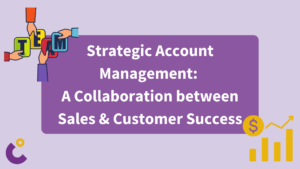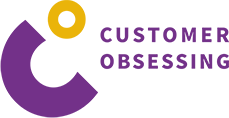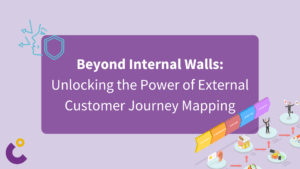
Interview: Jeanne Bliss with Amy Downs
Episode Overview
Amy Downs is the Chief Customer Success & Happiness Officer at Lifesize, a company enabling communication and collaboration among many mediums (their slogan is “connecting people to make their workplace great”), was quite interesting. Her path to this role started as a software engineer. Like many Chief Customer Officers, Amy kept getting pulled in the direction of the customer, but needed to find her path to a formal role. At Lifesize, she was initially VP of Customer Care. That scope ultimately didn’t make sense, which is how she became the Chief Customer Success and Happiness Officer. If you get a chance to listen to the full episode over the holidays, you can learn about the entire transformation from one role to the other.
The Pain Of Operational Issues
I think we’ve all run into this, and Amy was no different. In her first few months in the new role, she realized she needed to stop the pain of operational issues, or nothing would ever get done. This is all tied to an issue that many companies have: the alignment of strategy and execution. Normally strategy is set at the top levels, which makes logical sense. But if that strategy isn’t filtered down into day-to-day execution-level tasks, nothing will really ever shift or change. Amy inherently understood this. One of the first things she did (actionable advice alert!) was educate and elevate the role of the support team. Oftentimes support teams are seen as interchangeable at the decision-making level, but that’s folly. Support teams are often the bedrock of your entire business model, and Amy needed them to be the best they could be. She worked on training them up and getting them access to the resources they needed. This is how you begin to solve the pain of operational issues.
The Engineering Tie-In
I found this part interesting, largely because so many companies these days are being founded and then run by engineers. (Amy is based in Austin, where that’s common; also think Silicon Valley, etc.) People with engineering backgrounds tend to — this is a generalization, but largely true — have a specific problem-solving mindset. (Amy definitely does.) She talks about how she was able to use this background to solve customer pain points, which often came in the form of “big boulders.” We’ve all been there, right?
Interviewing Senior Leadership
In maybe a bit of an unconventional move, Amy interviewed every senior leader at her company. She wanted to understand the dynamics of the team, their personalities, and their priorities. Even in smaller, start-up environments, many priorities can slot into silos. We often hire according to functional expertise (i.e. sales, marketing, operations, etc.), so when those people come together as new hires, they can cluster off their priorities according to their background. This is usually not good for the company overall, and definitely not good for customer-driven growth. (I often talk about “one-company leadership” or “smashing silos,” and that’s what this means.) By interviewing her peers, Amy understood the dynamics and the priorities more. Now she could take customer pain points and tie those to the priorities of everyone else. This gets her more buy-in, which usually means more resources. That’s how you grow out a department.
Net Promoter Score
There are different views on NPS; some love it, some hate it, some are indifferent. What I liked about Amy’s approach is that she introduced NPS as way more than just a number. It signaled an entire attitude shift at the company about how to consider and value customers. I’d recommend listening to that section a couple of times; too often we use NPS as a “be-all” metric in customer experience. It’s a good metric but it can’t just be a number you report out. It has to have context with the other senior leaders.
Pay It Forward
What advice would Amy give a younger version of herself in the role?
- Be deliberate about educating and training your people. It takes time and can feel frustrating, but it’s extremely worth it. The ROI is there.
- If the work isn’t connected to business growth, no one will care and you’ll lose access to resources and time.
- Educate and drive accountability for customer-driven growth in other areas (silos, etc.) as soon as you can.
This might also interest you


Beyond Internal Walls: Unlocking the Power of External Customer Journey Mapping
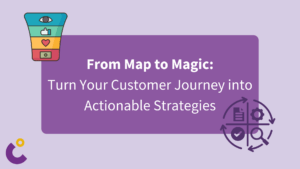
From Map to Magic: Turn Your Customer Journey into Actionable Strategies
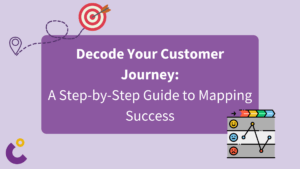
Decode Your Customer Journey: A Step-by-Step Guide to Mapping Success

Beyond the Score: Transforming Net Promoter into a Growth Engine – Net Promoter System
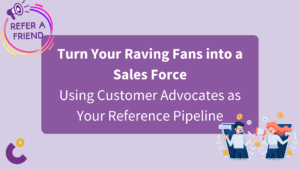
Turn Your Raving Fans into a Sales Force: Using Customer Advocates as Your Reference Pipeline
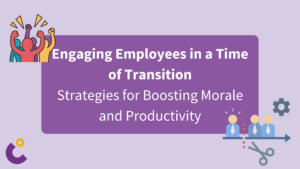
Engaging Employees in a Time of Transition: Strategies for Boosting Morale and Productivity
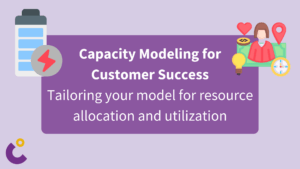
Capacity Modeling for Customer Success
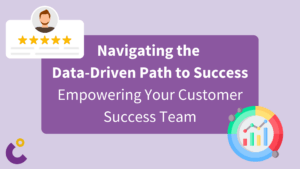
Data Driven Customer Success
